Audrey Hepburn’s Secret Life as a World War II Resistance Spy
According to Audrey Hepburn’s son, “The war made my mother who she was.” But who was she? The intensely private actress who charmed audiences in Breakfast at Tiffany’s (1961) had a secret life finally revealed after her death thanks to Robert Matzen’s biography Dutch Girl: Audrey Hepburn and World War II (2019)
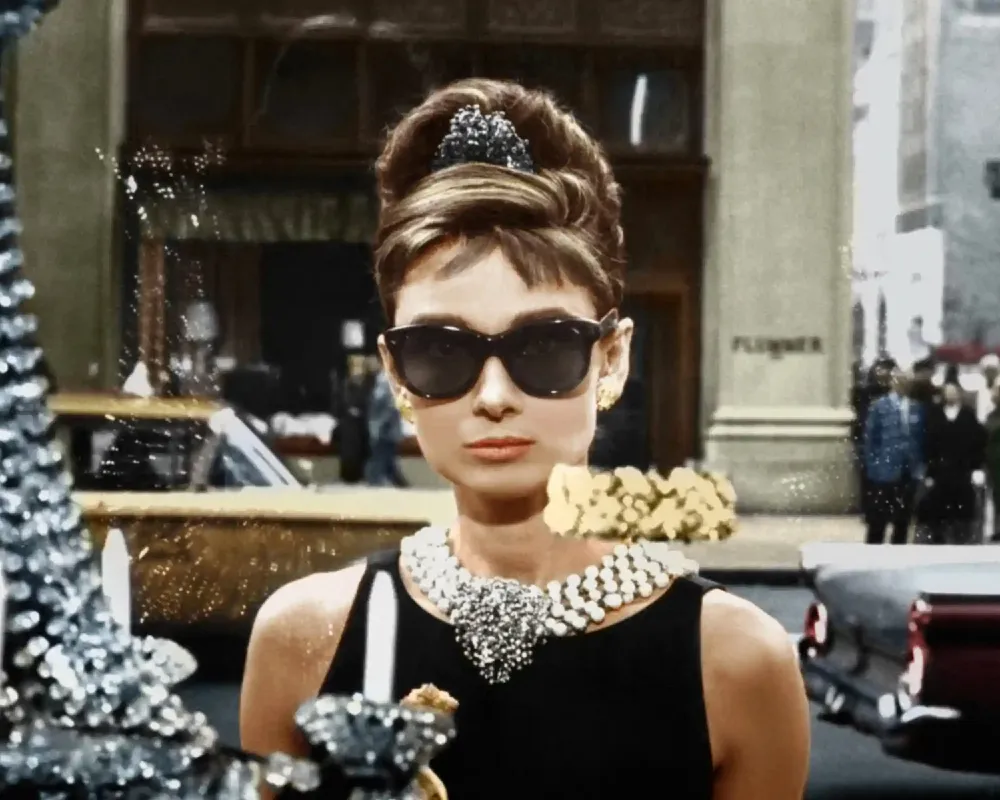
Audrey was born in Brussels, Belgium in 1929. She grew up as Audrey Kathleen Ruston and worked as a doctor's assistant during the 'Bridge Too Far' battle of Arnhem and Hunger Winter of 1944.
The actress had hinted about her secret life before she died in 1993, but Matzen needed to track down her diaries, government documents, and interview Hepburn’s family to uncover the hero behind the Holly Golightly-in-pearls persona.
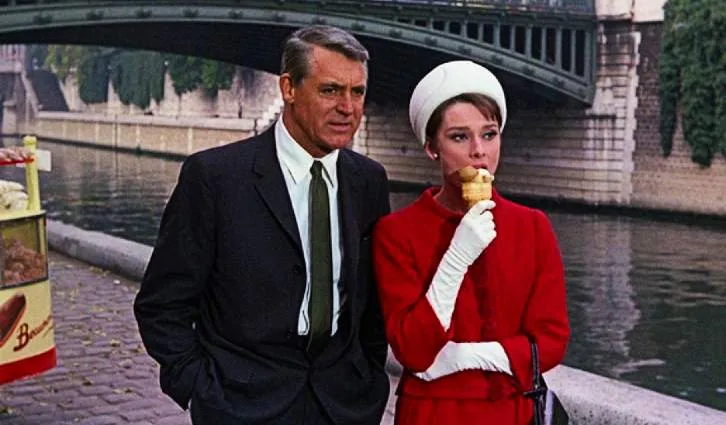
Audrey Hepburn: Growing up with the Nazi occupiers
She was 10 at the start of WWII and grew up in a privileged family. Her father, a banker and Nazi agent, and her mother, Baroness Ella van Heemstra, supported Hitler’s government - at least during the first two years of the occupation and possibly longer. (The met privately with the Führer in Munich in 1935 and were both members of the British Union of Fascists.)
Her father walked out on the family the same year and Audrey’s parents divorced. He moved to England and was reportedly imprisoned as an enemy of the state during WWII. Despite her noble title, Audrey's mother struggled financially. Hepburn returned home from her English boarding school to live in the Netherlands at the start of WWII in 1939. They lived modestly in an apartment in eastern Holland.
"The brand new social experience where you activate your gaming skills as you train like a spy."
- TimeOut
Take on thrilling, high-energy espionage challenges across different game zones.
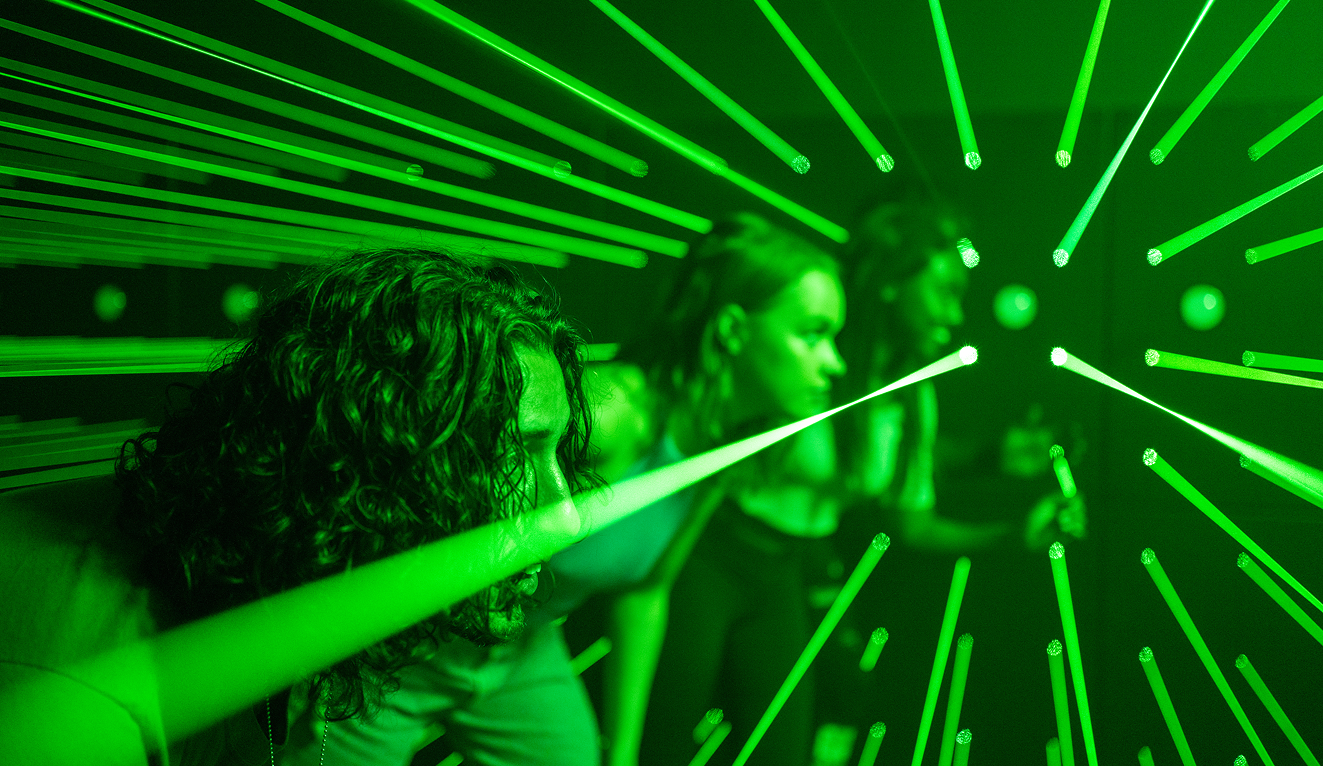
A year later, Germany invaded the Netherlands and occupied towns in May 1940. Swastika flags began flying. Suddenly, Audrey’s school lessons involved questions like: “‘If 1,000 English bombers attack Berlin and 900 are shot down, how many will return to England? ”
Audrey Hepburn found solace in dance, dreaming about becoming a ballerina and shutting out the war until her uncle was rounded up and shot. Hepburn’s mother fled to a town where Audrey’s grandfather lived and withdrew her support of Hitler and his forces.
“I remember, very sharply, one little boy standing with his parents on the platform, very pale, very blond, wearing a coat that was much too big for him, and he stepped on the train,” Audrey Hepburn told a reporter in 1991. “I was a child observing a child … Then I realized what would have happened to him.”
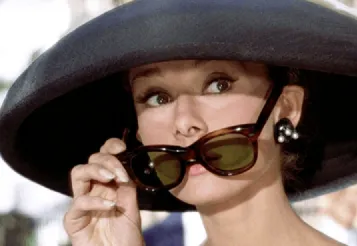
Audrey Hepburn: Spy for the Resistance
By 1944, Hepburn was working for Dr. Hendrik Visser ’t Hooft, an anti-German leader, where she solidified her ties to the underground Resistance and doctors who helped forge identity papers. She raised money for the Resistance through illegal dance performances, called ‘black evenings’ because the windows were blacked out. The audiences weren’t allowed to make a sound at the end of the dance.
She also delivered a Resistance newspaper by bicycle, which Audrey hid in her woolen socks. Oranjekrant (Orange paper) was written on paper half the size of a napkin. Audrey spoke English, so her employer, Dr. Visser ’t Hooft, asked her to carry messages and food to downed British pilots in 1944 when she was still a teenager.
Hepburn’s family even secretly sheltered an English pilot who’d been shot down over the Netherlands which, Matzen said, brought the dangers of the war home “to Audrey in a way a 15-year-old could never have expected.”
Hepburn’s son, Luca Dotti, has described her as a 'battle-hardened badass'.
“It was risky, he was a stranger in uniform, a savior,” he said. “Then I learned about the German law that if you were caught hiding an enemy, the whole family would be taken away.” The pilot was never discovered, however.
He told People that the stories Audrey Hepburn shared were chilling. "Mum was more than a steel-butterfly; she was a battle-hardened badass."
Food was scarce in 1944-45 - Hepburn’s slender figure is a result of malnourishment - as was heat and water. Her town was liberated by Allied troops in the spring of 1945. Hepburn and her family raced outside their house to find themselves at gunpoint. When Hepburn spoke English, the troops cheered: “Not only have we liberated a town, we have liberated an English girl!”
After the war, Hepburn continued to dance and found other ways to make money, including modeling. The young ballerina began landing small parts in movies - she walked across the street in Nederlands in Zeven Lessen (Dutch in Seven Lessons) and danced in Secret People. When she discovered that - at 5’ 7” - she was too tall for ballet, Audrey turned to acting and the stage full-time, performing in London West End musicals. By 1951, she’d landed a role in Broadway’s Gigi.
Her mother was denied entry to the US because of her previous support for the Nazis.
“For all that she would become,” the author writes, “Academy Award-winning actress, Givenchy fashion plate and international jet setter so at home on the Riviera or in Rome or Paris, the war years remained all too close.”
Truman Capote, who wrote the novel Breakfast at Tiffany's, initially wanted Maryln Monroe to star as Holly Golightly, a call girl, but the character was altered to be a more suitable fit to Audrey Hepburn’s image and strengths as an actress. (Both dated JFK and sang ‘Happy Birthday’ to the president at various times, although few remember Hepburn’s rendition.)
In the latter part of her life, Hepburn dedicated herself to humanitarian work from the 1970s through to her death from cancer at age, working as a UNICEF Goodwill Ambassador and earning the US Presidential Medal of Freedom. She wasn't just a figurehead. Audrey visited dangerous including having witnessed what her son described as 'hell on earth' in Somalia, facing bombs and bullets.
To this day, women still show up at Tiffany’s with bags of pastries to pay tribute to Hepburn’s life and her unforgettable film performance.
SPYSCAPE+

Join now to get True Spies episodes early and ad-free every week, plus subscriber-only Debriefs and Q&As to bring you closer to your favorite spies and stories from the show. You’ll also get our exclusive series The Razumov Files and The Great James Bond Car Robbery!
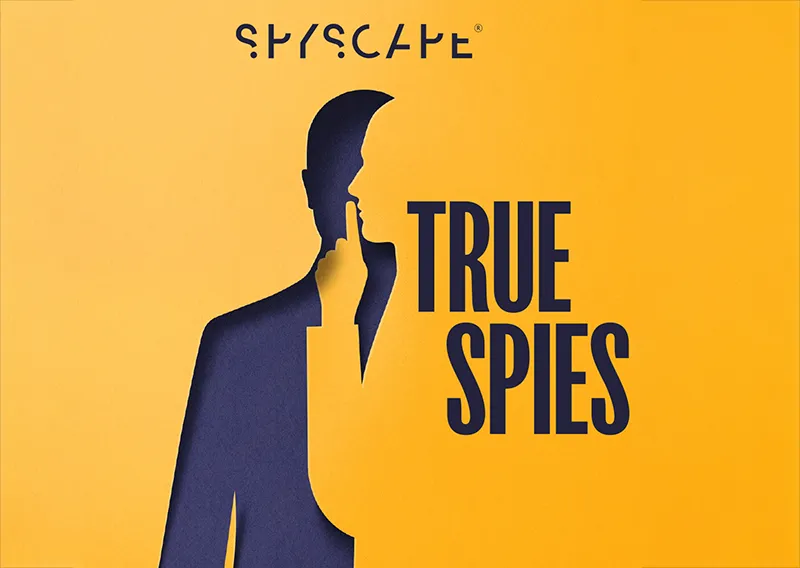

Gadgets & Gifts
Explore a world of secrets together. Navigate through interactive exhibits and missions to discover your spy roles.
Your Spy Skills
We all have valuable spy skills - your mission is to discover yours. See if you have what it takes to be a secret agent, with our authentic spy skills evaluation* developed by a former Head of Training at British Intelligence. It's FREE so share & compare with friends now!
* Find more information about the scientific methods behind the evaluation here.


Stay Connected
Follow us for the latest
TIKTOK
INSTAGRAM
X
FACEBOOK
YOUTUBE